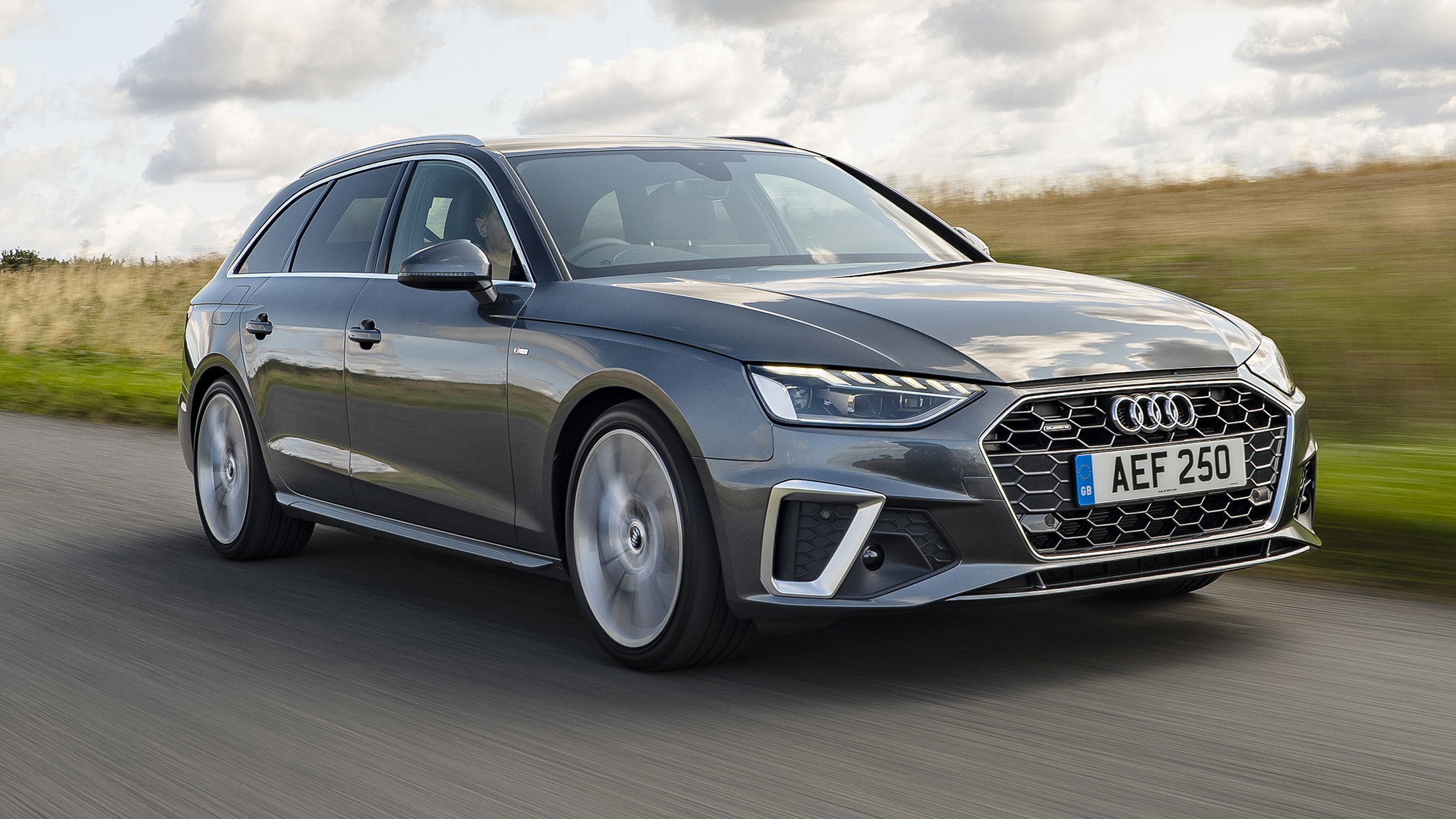The automotive industry has evolved dramatically over the past few decades, with key fob technology becoming an essential component of modern vehicle security and convenience systems.
However, not all manufacturers have created equal experiences when it comes to programming these crucial devices.
The difference between a straightforward, user-friendly programming process and a complex, dealer-dependent procedure can mean the difference between a five-minute DIY task and an expensive trip to the dealership that costs both time and money.
Key fob programming complexity varies significantly across different automotive brands and models, creating a stark divide in the ownership experience. Some manufacturers have embraced consumer-friendly approaches, designing their systems to allow owners to easily program replacement fobs themselves using simple button sequences and basic tools.
These forward-thinking companies recognize that empowering customers with the ability to handle routine maintenance tasks like key fob programming enhances satisfaction and builds brand loyalty.
On the opposite end of the spectrum, certain luxury and European manufacturers have implemented sophisticated security protocols that require specialized diagnostic equipment, proprietary software, and trained technicians to complete the programming process.
While these complex systems often provide enhanced security features and advanced functionality, they also create significant barriers for vehicle owners who simply need to replace a lost or damaged key fob.
The programming process itself can range from remarkably simple procedures that take just a few minutes to complete, to intricate multi-step processes that require specific timing, precise button sequences, and sometimes even special tools or dealer-only equipment. Understanding these differences is crucial for potential car buyers, current owners, and anyone involved in the automotive service industry.
This comprehensive analysis examines ten different vehicles, split evenly between those offering quick, user-friendly fob programming and those requiring more cumbersome, often dealer-dependent procedures.
By exploring the specific steps, requirements, and challenges associated with each approach, we can better understand the impact these design decisions have on the ownership experience and long-term costs associated with vehicle maintenance.
5 Cars With Quick Fob Programming
These user-friendly vehicles feature straightforward key fob programming procedures that owners can complete independently using simple button sequences and ignition cycles, eliminating expensive dealer visits for basic remote additions or replacements.
Their intuitive programming modes require only the original key, a few minutes of time, and clear instructions that guide users through step-by-step synchronization processes without specialized equipment or technical expertise.
The combination of accessible programming ports, logical sequence timing, and forgiving reset procedures means most owners can successfully add new remotes or reprogram existing ones during brief driveway sessions.
From pickup trucks with simple turn-key methods to sedans with straightforward button combinations, these vehicles empower owners with convenient self-service capability that saves both time and money.
1. Honda Civic (2016-2025)
Honda has consistently maintained one of the most user-friendly key fob programming systems in the automotive industry, making the Civic an excellent example of accessible DIY programming.
The process for programming a Honda Civic key fob is refreshingly straightforward and can be completed by virtually any vehicle owner without special tools or technical expertise.
The programming procedure begins with the simple requirement of having all existing working key fobs present during the process.
This is because Honda’s system programs all fobs simultaneously, ensuring that previously programmed keys remain functional while adding new ones to the system. The owner simply needs to sit in the driver’s seat with all doors closed and the vehicle in park.
The actual programming sequence involves turning the ignition key from the “Off” position to the “On” position (without starting the engine) twice within five seconds.

This action signals the vehicle’s computer system to enter programming mode, which is typically indicated by the door locks cycling once. Next, the owner presses and holds the “Lock” and “Unlock” buttons simultaneously on the first key fob for approximately one second, then releases them. The door locks should cycle again, confirming that the system has recognized the fob.
This same process is repeated for each additional key fob that needs programming, with the system accommodating up to three fobs total. The entire procedure typically takes less than five minutes to complete, and the only indication that programming has been successful is the door lock cycling response.
Honda’s approach eliminates the need for expensive dealer visits or specialized equipment, saving owners both time and money. The simplicity of Honda’s system extends beyond just the programming process itself.
The company provides clear, step-by-step instructions in the owner’s manual, and the procedure works consistently across multiple model years and trim levels.
This consistency means that Honda owners who have programmed fobs on previous vehicles can easily apply their knowledge to newer models, creating a seamless ownership experience that builds confidence and satisfaction.
2. Toyota Camry (2012-2024)
Toyota has earned a reputation for reliable, user-friendly technology, and its key fob programming system exemplifies this philosophy. The Toyota Camry’s programming procedure is designed to be accessible to average consumers while maintaining the security features necessary for modern vehicle protection.
The programming process for Toyota key fobs involves a straightforward sequence that most owners can master quickly. Beginning with the vehicle parked and all doors closed, the owner starts by removing the key from the ignition and opening the driver’s door. This initial step is crucial because it resets the vehicle’s security system and prepares it for the programming sequence.
The next phase involves a specific timing sequence with the ignition key. The owner inserts the key and turns it from “Off” to “On” (position II) twice within five seconds, then removes the key entirely.
This action triggers the vehicle’s programming mode, usually indicated by the hazard lights flashing or the door locks cycling once. The timing is critical but not overly demanding, giving owners a reasonable margin for error.

With the system now in programming mode, the owner takes the key fob and simultaneously presses and holds both the “Lock” and “Unlock” buttons for approximately one to two seconds.
The vehicle responds with another door lock cycle or hazard light flash, confirming that the fob has been successfully programmed. For multiple fobs, the same button-pressing sequence is repeated within thirty seconds of the previous programming action.
Toyota’s system is particularly noteworthy for its forgiveness and reliability. Unlike some manufacturers that require perfect timing or multiple attempts, Toyota’s programming mode remains active for a reasonable duration, allowing owners to complete the process without feeling rushed.
The clear audio and visual feedback ensures that users know immediately whether their programming attempt was successful, eliminating guesswork and frustration.
The process concludes automatically when the owner either programs all desired fobs or allows the thirty-second programming window to expire. The vehicle returns to normal operation, and all programmed fobs become immediately functional for locking, unlocking, and other remote functions.
3. Ford F-150 (2015-2025)
Ford’s approach to key fob programming in the F-150 represents a perfect balance between security and accessibility, offering truck owners a straightforward DIY solution that doesn’t compromise on functionality.
The programming system is designed to accommodate the practical needs of F-150 owners who often use their vehicles for work and require reliable, quick access to programming procedures.
The Ford F-150 programming process begins with a unique ignition cycling sequence that serves as both a security measure and system activation protocol.
With all doors closed and the vehicle in park, the owner cycles the ignition from “Off” to “Run” (not start) eight times within ten seconds, ending in the “Run” position.
This specific sequence is designed to prevent accidental programming while remaining manageable for intentional use. Upon successful completion of the ignition cycling, the vehicle enters programming mode, indicated by the door locks cycling once.
This feedback is crucial because it confirms that the system is ready to accept new fob programming. The timing window for the subsequent steps is generous enough to allow for careful execution without creating stress or rushing.
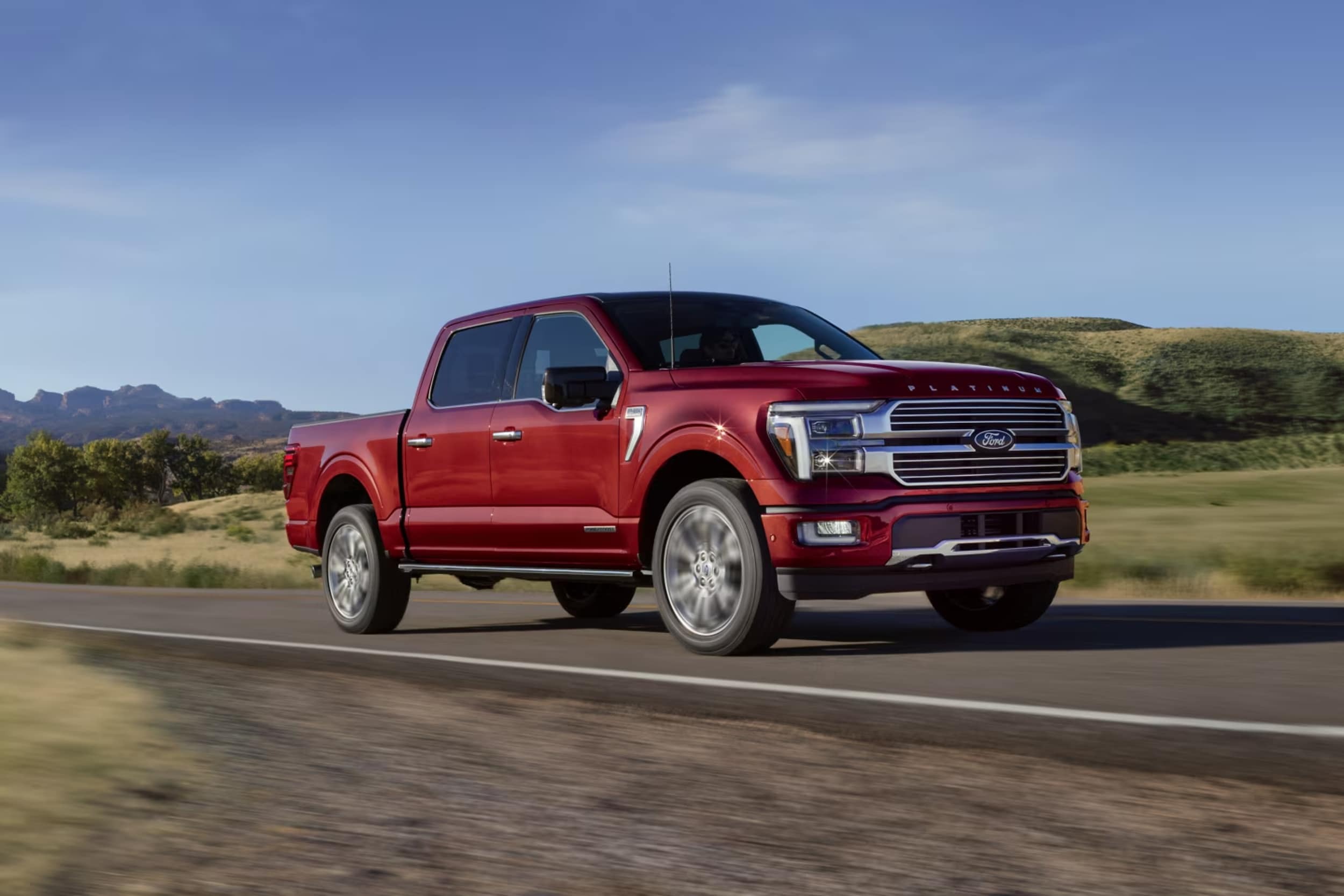
The actual fob programming involves pressing any button on the key fob within eight seconds of entering programming mode. The system responds immediately with another door lock cycle, confirming successful programming of that particular fob. For multiple fobs, owners simply repeat the button-pressing step within eight seconds of the previous confirmation, with the system capable of programming up to four fobs in a single session.
Ford’s system includes several user-friendly features that set it apart from more complex alternatives. The programming mode remains active for a full thirty seconds after the last successful fob programming, providing ample time for owners to locate and program additional fobs without restarting the entire process.
Additionally, the system automatically exits programming mode and returns to normal operation, requiring no additional steps from the user. The F-150’s programming procedure is enhanced by Ford’s comprehensive documentation and online resources, including video tutorials and troubleshooting guides.
This support system ensures that even first-time programmers can complete the process, contributing to customer satisfaction and reducing unnecessary dealer visits.
4. Subaru Outback (2010-2025)
Subaru has developed one of the most intuitive key fob programming systems in the industry, making the Outback an excellent choice for owners who value independence and simplicity in vehicle maintenance.
The Subaru key fob programming process, while initially appearing complex, is quite manageable with proper guidance. The programming sequence for the Subaru Outback begins with the owner sitting in the driver’s seat with all doors and windows closed.
The initial step involves opening and closing the driver’s door, which serves to reset the vehicle’s security system and prepare it for programming mode activation. This simple action is often overlooked but is essential for successful programming.
Following the door reset, the owner proceeds with a specific ignition key sequence. The key is turned from “Off” to “On” ten times within fifteen seconds, with the final turn leaving the key in the “On” position.
This sequence activates programming mode, confirmed by a single horn beep or hazard light flash. The timing requires attention but is forgiving enough to allow for minor variations in execution speed.
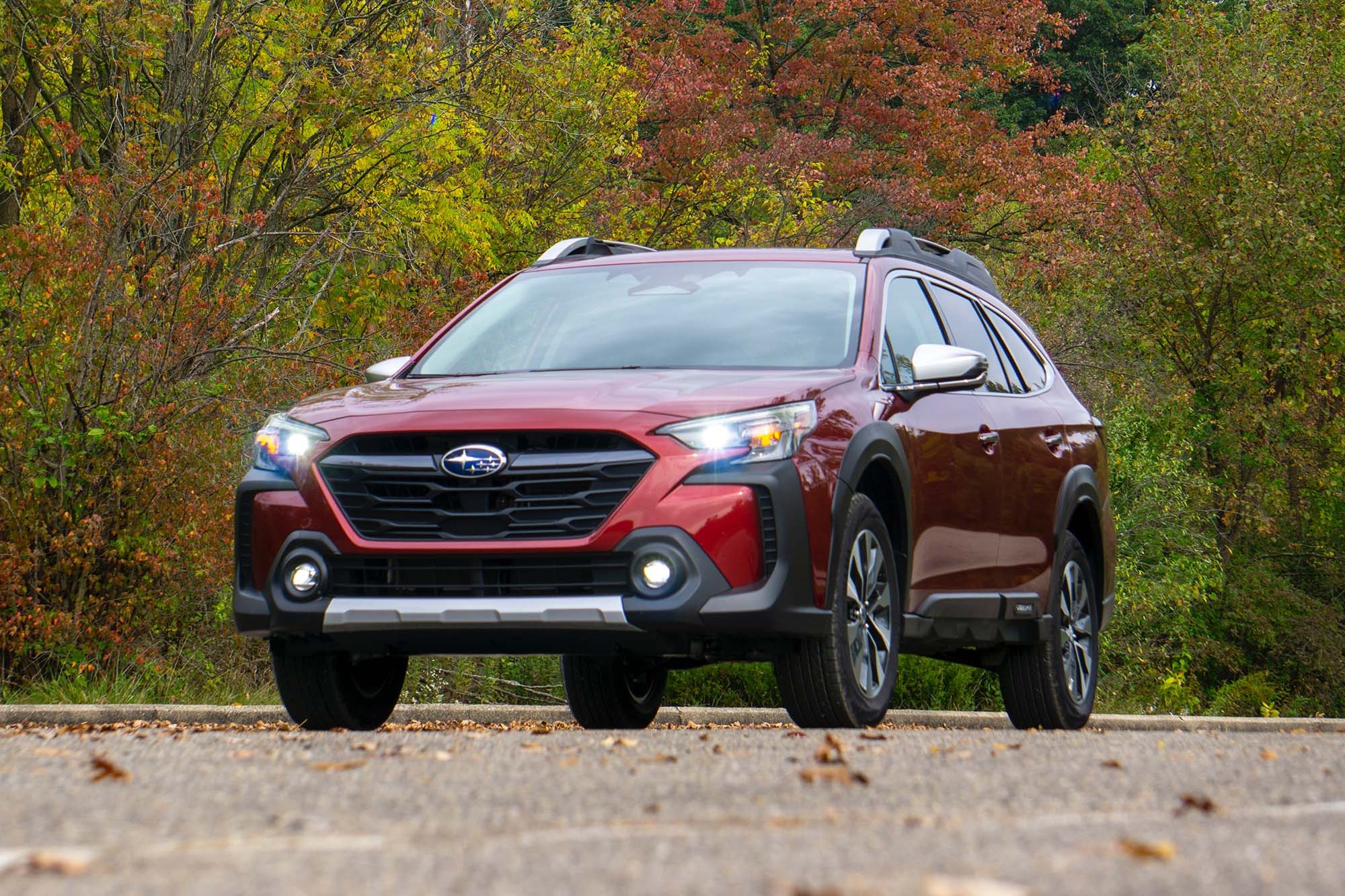
Once programming mode is active, the owner has approximately forty-five seconds to program all desired key fobs. The programming action involves pressing and holding the “Lock” and “Unlock” buttons simultaneously on the first fob for approximately one second.
The vehicle confirms successful programming with a horn beep and hazard light flash, providing clear audio and visual feedback. For additional fobs, the same button combination is pressed within ten seconds of the previous confirmation.
Subaru’s system can accommodate up to four key fobs in a single programming session, making it ideal for families or businesses with multiple drivers. The generous timing windows reduce stress and allow for careful, deliberate execution of each step.
The programming process concludes automatically when the forty-five-second window expires or when the owner turns the ignition to the “Off” position.
All programmed fobs become immediately functional, and the vehicle returns to normal security operation. Subaru’s approach combines security with accessibility, creating a system that protects against unauthorized programming while remaining manageable for legitimate owners.
Also Read: 5 Cars With Easy Trunk Access vs 5 With High Lift-Over Heights
5. Nissan Altima (2013-2025)
Nissan has engineered a remarkably straightforward key fob programming system for the Altima that prioritizes user experience while maintaining robust security features. The process is designed to be completed quickly and efficiently, making it an excellent example of consumer-friendly automotive technology.
The Nissan Altima programming procedure begins with the vehicle parked, engine off, and all doors closed. The owner sits in the driver’s seat and cycles the ignition key from “Off” to “On” six times within ten seconds, ensuring that the final position is “On” without starting the engine.
This specific sequence serves as the security protocol that prevents unauthorized access to programming mode while remaining simple enough for owners to execute reliably.
Upon successful completion of the ignition cycling, the vehicle enters programming mode, indicated by the hazard lights flashing twice. This clear visual feedback ensures that owners know immediately whether they have successfully activated the programming system. The flashing pattern is distinctive and easily recognizable, eliminating confusion about the vehicle’s status.
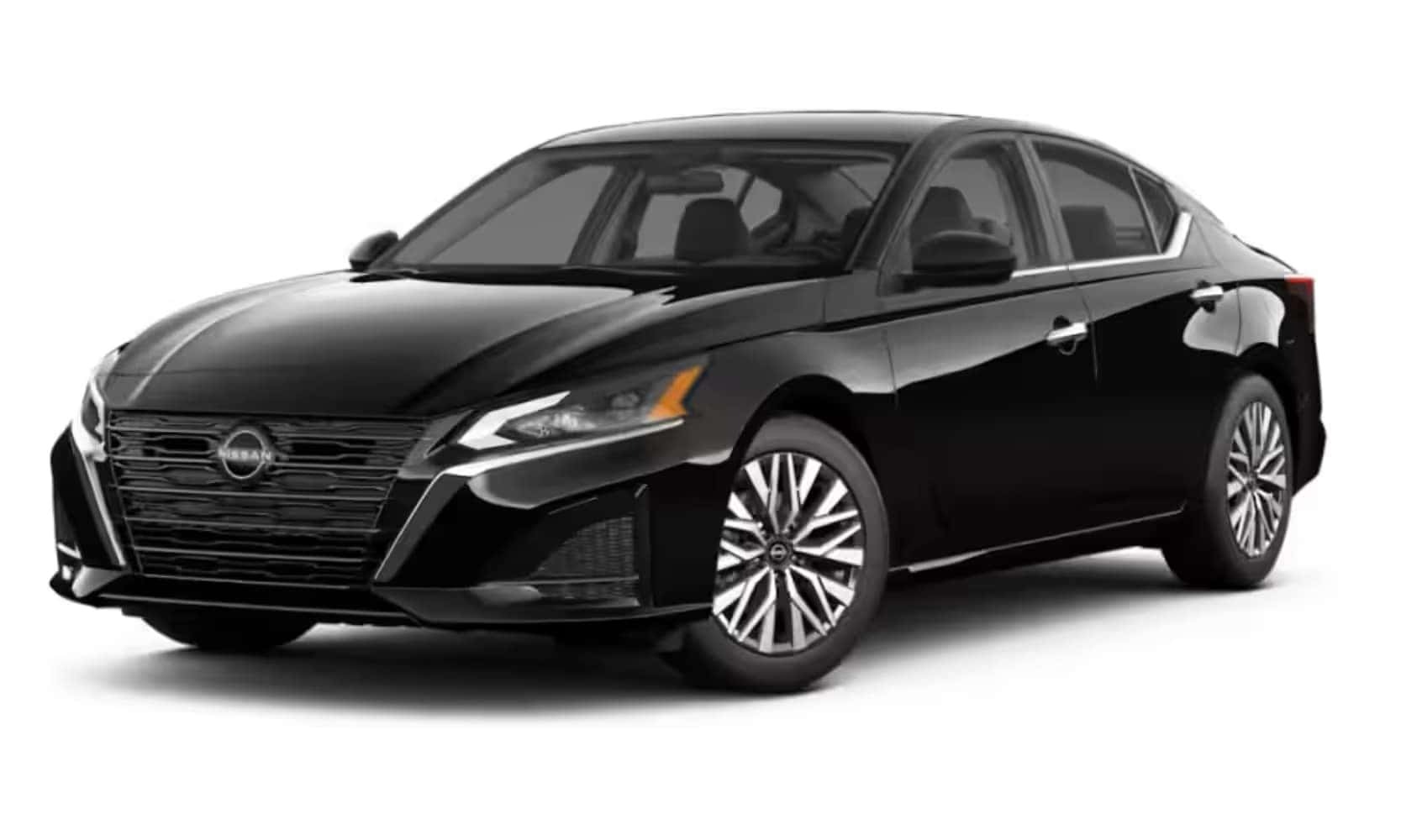
With the system in programming mode, the owner has thirty seconds to begin programming the first key fob. The programming action involves pressing and holding both the “Lock” and “Unlock” buttons simultaneously for approximately two seconds.
The vehicle responds with a single hazard light flash, confirming that the fob has been successfully programmed and is now synchronized with the vehicle’s security system.
For multiple key fobs, the programming process continues seamlessly. Within ten seconds of the first fob confirmation, the owner repeats the button combination on the second fob, receiving another hazard light confirmation.
This process can be repeated for up to four fobs total, accommodating most family and business needs without requiring multiple programming sessions.
Nissan’s system includes several thoughtful features that enhance the user experience. The programming mode remains active for the full thirty-second window, even after programming the first fob, allowing owners to take their time with subsequent fobs.
The system also provides clear end-of-session indicators, with the hazard lights flashing four times to signal that programming mode has ended and the vehicle has returned to normal operation.
5 Cars With Cumbersome Programming Procedures
These frustratingly complex vehicles require expensive dealer visits, specialized diagnostic equipment, and professional programming services for even basic key fob additions or replacements due to encrypted security systems and proprietary software requirements.
Their overly sophisticated anti-theft measures demand computer authentication, VIN verification, and sometimes multiple keys or security codes that make independent programming virtually impossible for typical owners.
The combination of time-sensitive procedures, exact timing requirements, and easily corrupted programming modes often results in failed attempts that can disable existing remotes or trigger security lockouts.
From luxury vehicles with military-grade encryption to newer models with cloud-based authentication, these cars transform simple remote programming into expensive, inconvenient ordeals that force owners into costly dealership dependency for routine maintenance tasks.
1. BMW 3 Series (2012-2025)
BMW’s approach to key fob programming exemplifies the complexity that often accompanies luxury vehicle security systems. Many Mercedes-Benz and similar luxury vehicles require special dealer equipment to program keyless entry remotes, and BMW follows a similar philosophy with its advanced security protocols that prioritize protection over user convenience.
The BMW 3 Series programming process begins with requirements that immediately distinguish it from more accessible systems. Unlike mainstream manufacturers that allow simple DIY programming, BMW’s system often requires specialized diagnostic equipment or specific conditions that are difficult for average consumers to meet.
The process typically begins with the vehicle’s computer system requiring authentication through BMW’s proprietary protocols. For newer BMW 3 Series models, the programming procedure often involves the vehicle’s iDrive system, requiring navigation through multiple menu layers that can be confusing for users unfamiliar with the interface.
The owner must access the vehicle settings through the central display, go to the key management section, and follow a series of prompts that vary depending on the model year and equipment level.
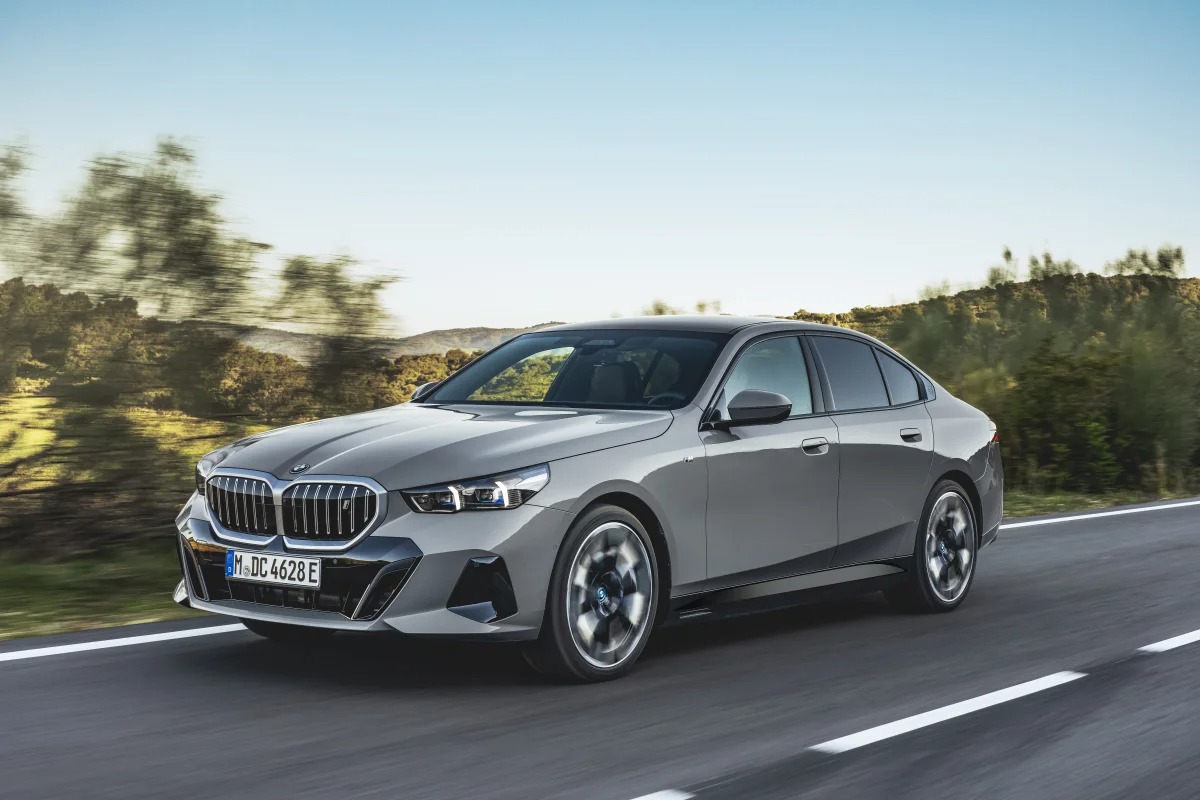
The actual programming sequence involves holding the new key fob against a specific location on the steering column while simultaneously pressing buttons in a particular sequence. However, the timing requirements are extremely precise, often requiring multiple attempts to achieve success.
The system may require the key to be held in the exact position for up to thirty seconds while pressing and releasing various buttons according to a complex pattern.
Even when following the correct procedure, BMW’s system frequently fails to complete programming on the first attempt, requiring users to restart the entire process multiple times.
The feedback provided by the system is often minimal or unclear, leaving owners uncertain whether they have completed the steps correctly or whether the system has accepted the new fob.
Perhaps most frustrating is BMW’s requirement for dealer involvement in many programming scenarios. Complete key replacement, transponder programming, and certain security features can only be activated using BMW’s proprietary ISTA diagnostic system, which is exclusively available to authorized dealers and service centers.
This means that even technically capable owners must visit the dealership for comprehensive key programming, resulting in service costs that can exceed $200-300 per key.
2. Mercedes-Benz C-Class (2014-2025)
Mercedes-Benz has implemented one of the most restrictive and complex key fob programming systems in the automotive industry, reflecting its emphasis on security and exclusivity.
Mercedes uses proprietary technology that ensures dealerships are often the only entities capable of creating new keys, making the C-Class a prime example of manufacturer-controlled programming procedures.
The complexity begins with Mercedes’ multi-layered security architecture that integrates the key fob with various vehicle systems, including the engine immobilizer, alarm system, and comfort access features.
Unlike simpler systems that treat the key fob as a standalone device, Mercedes integrates it deeply into the vehicle’s electronic infrastructure, requiring comprehensive synchronization during programming.
For basic remote functions, some older C-Class models allow limited DIY programming, but the process is notably more complex than mainstream alternatives.
The procedure typically requires the owner to access a hidden programming mode through a combination of door lock manipulations, ignition cycling, and precise timing sequences. The instructions often involve holding specific buttons for exact durations while performing other actions simultaneously.
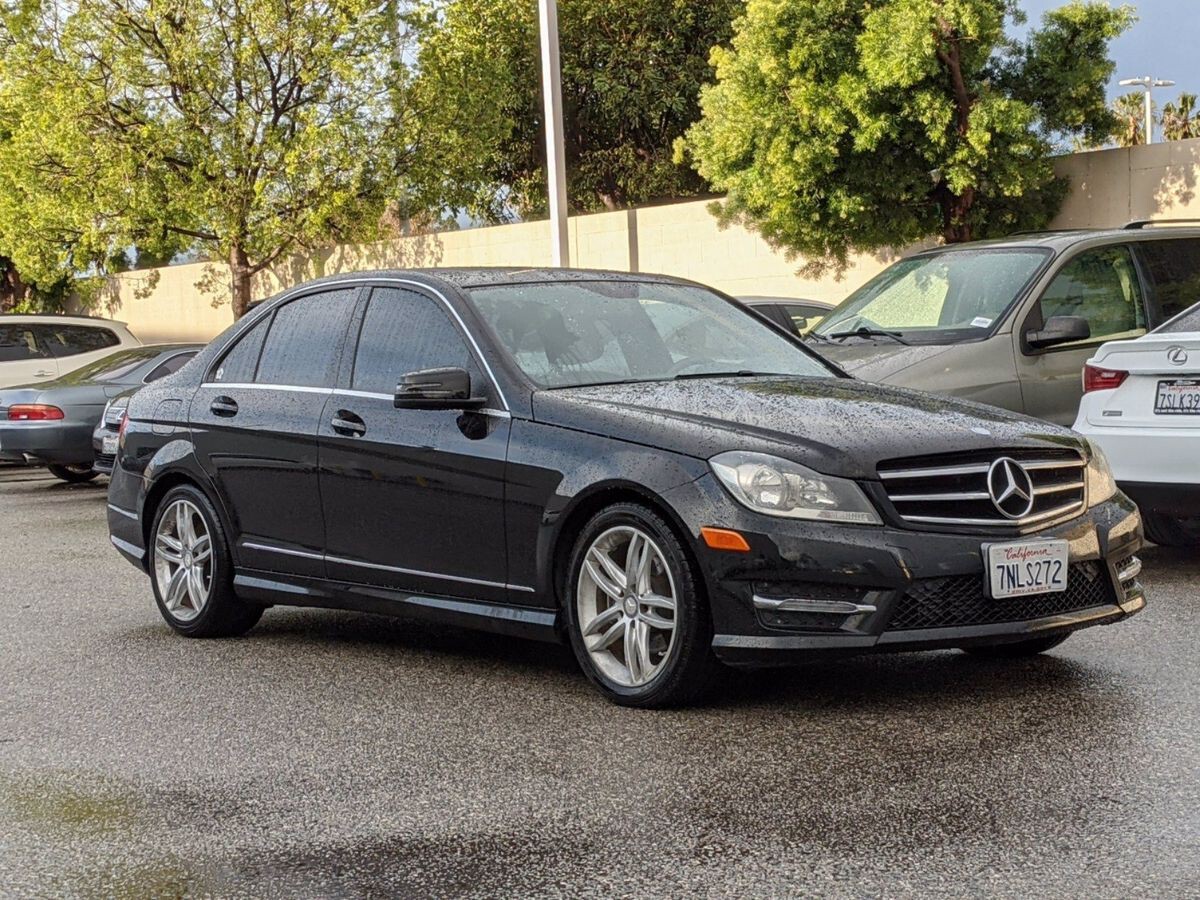
The programming sequence for Mercedes vehicles often begins with the insertion of an existing working key, followed by a complex series of door lock and unlock operations using both the physical key and interior controls.
The timing requirements are extremely strict, with some steps requiring actions to be completed within five-second windows while others demand sustained button presses lasting up to fifteen seconds.
Even when attempting the DIY approach, Mercedes systems frequently require multiple attempts due to the precision demanded in timing and execution.
The feedback provided is minimal, often consisting of subtle changes in dashboard indicators that are easily missed or misinterpreted. Many owners find themselves repeating the process numerous times before achieving success, if at all.
The most significant limitation is Mercedes’ dealer-only requirement for comprehensive key programming. Advanced features such as keyless go, comfort access, and engine start authorization can only be programmed using Mercedes’ proprietary Star Diagnostic System (SDS).
This specialized equipment costs tens of thousands of dollars and requires specific training, making it impractical for independent locksmiths or consumers to access.
Consequently, Mercedes C-Class owners typically face dealer service costs ranging from $300-500 per key for complete programming, including both the physical key cutting and electronic synchronization.
The process often requires scheduling appointments, leaving the vehicle at the dealership for several hours, and paying premium service rates that reflect the specialized equipment and training required.
3. Audi A4 (2016-2025)
Audi’s key fob programming system represents a sophisticated but user-unfriendly approach that reflects the brand’s emphasis on advanced technology and security.
The A4’s programming procedure is characterized by complex multi-step processes that often require specialized knowledge, precise timing, and sometimes dealer intervention to complete successfully.
The programming process for the Audi A4 begins with accessing the vehicle’s Multi-Media Interface (MMI) system, which can be intimidating for users unfamiliar with Audi’s technology.
The owner must go through multiple menu layers, starting with the main menu, proceeding to vehicle settings, then to central locking, and finally to key management. Each menu transition requires specific inputs and understanding of the system’s logic.
Once in the key management section, the programming procedure involves a combination of on-screen prompts and physical actions with the key fob.
The system typically requires the owner to follow a sequence that includes pressing specific MMI buttons while simultaneously holding key fob buttons in predetermined patterns. The timing between these actions is critical, with some steps requiring completion within five-second windows.

The complexity increases with Audi’s advanced convenience features. Programming keys for comfort access, automatic trunk opening, and personalized seat settings requires additional steps that must be completed in a specific order.
Each feature has its programming sub-menu with unique requirements, making the process lengthy and prone to user error. Audi’s system is particularly unforgiving of mistakes, often requiring users to exit the programming mode entirely and restart from the beginning if any step is performed incorrectly or outside the specified timing window.
The feedback provided is primarily through the MMI display, which may show cryptic error messages or simply return to the main menu without a clear indication of what went wrong.
For many A4 models, certain aspects of key programming require Audi’s proprietary ODIS (Offboard Diagnostic Information System) diagnostic platform.
This dealer-only equipment is necessary for programming advanced security features, updating key synchronization, and resolving conflicts between multiple keys.
The system’s complexity means that even trained technicians sometimes require multiple attempts to complete programming successfully. The financial impact on A4 owners is significant, with dealer programming services typically costing $250-400 per key.
The process often requires scheduling service appointments, as the programming procedure can take 30-60 minutes to complete properly, assuming no complications arise. This combination of complexity, time requirements, and cost makes Audi’s system one of the most cumbersome in the industry.
4. Cadillac CTS (2014-2024)
Cadillac’s approach to key fob programming in the CTS reflects the brand’s luxury positioning but creates significant challenges for owners seeking to manage their key maintenance.
The system combines American automotive tradition with modern security requirements, resulting in procedures that are both complex and often unreliable when attempted outside of dealership settings.
The programming process for the Cadillac CTS varies significantly depending on the model year and trim level, creating confusion for owners who may have experience with other Cadillac models.
The basic procedure typically begins with accessing the vehicle’s Driver Information Center (DIC) through the steering wheel controls, requiring navigation through multiple menu screens that aren’t intuitively organized.
Once in the appropriate menu section, the programming sequence involves a combination of DIC selections and physical key fob manipulations. The owner must select “Key Fob Programming” from the menu while simultaneously pressing specific buttons on the new fob in predetermined sequences.
The timing requirements are strict, with some steps requiring completion within ten seconds while others demand sustained actions lasting up to twenty seconds.
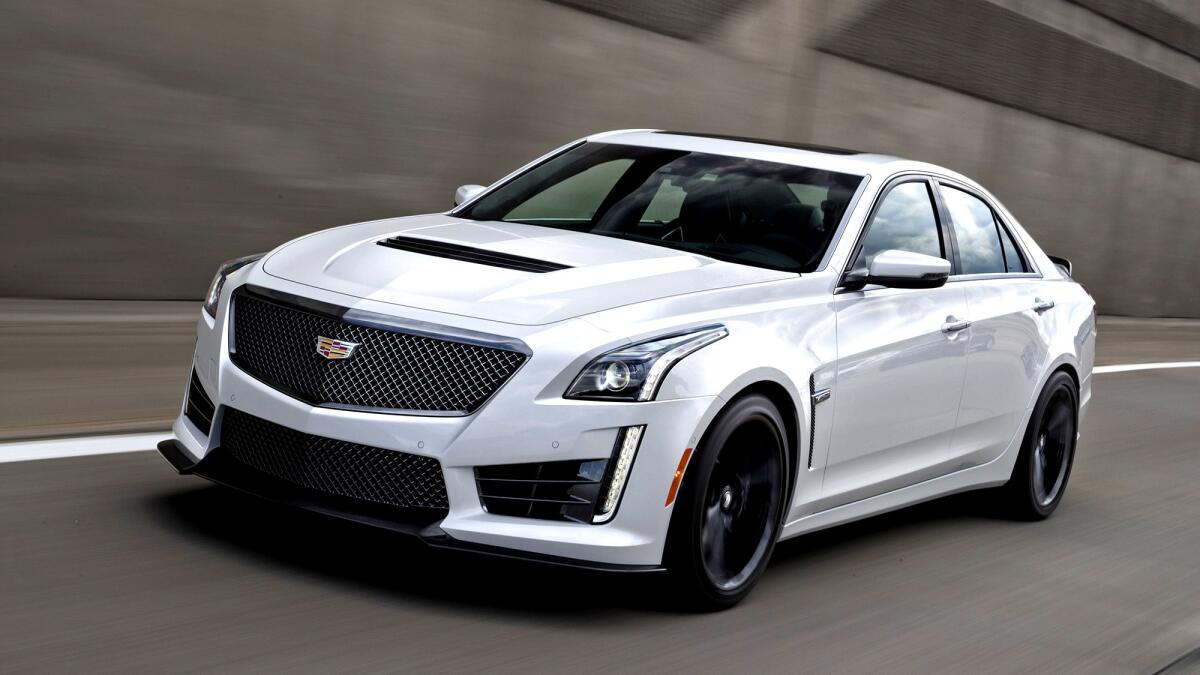
The CTS system is particularly problematic due to its inconsistent behavior across different model years and equipment packages. Vehicles equipped with passive entry systems often require different programming procedures than those with standard remote entry, but the owner’s manual frequently fails to clearly distinguish between these variants.
This confusion leads to failed programming attempts and frustration for owners. Cadillac’s integration of key fobs with the vehicle’s theft deterrent system adds another layer of complexity.
The programming process must account for the immobilizer system, anti-theft features, and various comfort settings, each of which has specific requirements and timing constraints. Failure to properly sequence these elements can result in partial programming that leaves some features non-functional.
The most significant challenge with Cadillac’s system is its frequent requirement for dealer intervention using GM’s proprietary Tech2 or GDS2 diagnostic systems.
Many programming scenarios, particularly those involving replacement keys or system resets, can only be completed with this specialized equipment. The diagnostic process often reveals additional issues or requirements that weren’t apparent during initial programming attempts.
Consequently, CTS owners often find themselves visiting Cadillac dealerships even for seemingly simple key additions, facing service costs that typically range from $200-350 per key.
The unpredictability of the programming process means that appointments may take longer than expected, and success isn’t guaranteed even with professional assistance, making the CTS system one of the most frustrating among luxury vehicles.
5. Volvo XC90 (2016-2025)
Volvo’s key fob programming system for the XC90 embodies the Swedish brand’s reputation for safety and security, but this focus comes at the expense of user-friendliness and accessibility.
The programming procedures reflect Volvo’s comprehensive approach to vehicle security, integrating multiple systems and requiring precise execution that often exceeds the capabilities of average consumers.
The XC90’s programming process begins with Volvo’s Sensus infotainment system, which serves as the primary interface for key management functions.
Accessing the key programming menu requires navigation through the system’s Settings section, then to the My Car submenu, and finally to the Locks and Alarm category. Each menu transition requires an understanding of the system’s layout and can be confusing for users unfamiliar with Volvo’s interface design.
Once in the key management section, the programming procedure involves a complex sequence of on-screen selections combined with specific physical actions using the new key fob.
The system typically requires the owner to confirm the programming request through multiple screen prompts while simultaneously performing button combinations on the key fob within strictly defined time windows.

Volvo’s security architecture adds significant complexity to the programming process. The system must synchronize the new key with the immobilizer, alarm system, engine management, and various comfort features such as seat memory and mirror positions.
Each of these components has specific programming requirements that must be completed in the correct sequence to ensure full functionality. The timing requirements for XC90 key programming are particularly demanding, with some steps requiring completion within five-second windows while others demand sustained actions lasting up to thirty seconds.
The system provides minimal feedback during the process, often showing only generic “Programming in Progress” messages that don’t indicate whether the procedure is proceeding correctly.
Perhaps most challenging is Volvo’s frequent requirement for dealer-only programming using their proprietary VIDA (Vehicle Information and Diagnostics for Aftersales) system.
This specialized diagnostic platform is necessary for complete key programming, security system synchronization, and troubleshooting programming failures. The equipment requires specific training and certification, making it unavailable to independent service providers in many markets.
The financial impact on XC90 owners is substantial, with Volvo dealerships typically charging $300-450 per key for complete programming services.
The process often requires extended service appointments, as the programming procedure can take 45-90 minutes, depending on the specific features being activated and whether any system conflicts need resolution.
This combination of complexity, time requirements, and cost makes Volvo’s system among the most cumbersome and expensive in the luxury vehicle segment, reflecting the brand’s prioritization of security over user convenience.
Also Read: 5 Vehicles With Smooth Sunroof Action vs 5 With Leaky Roofs

